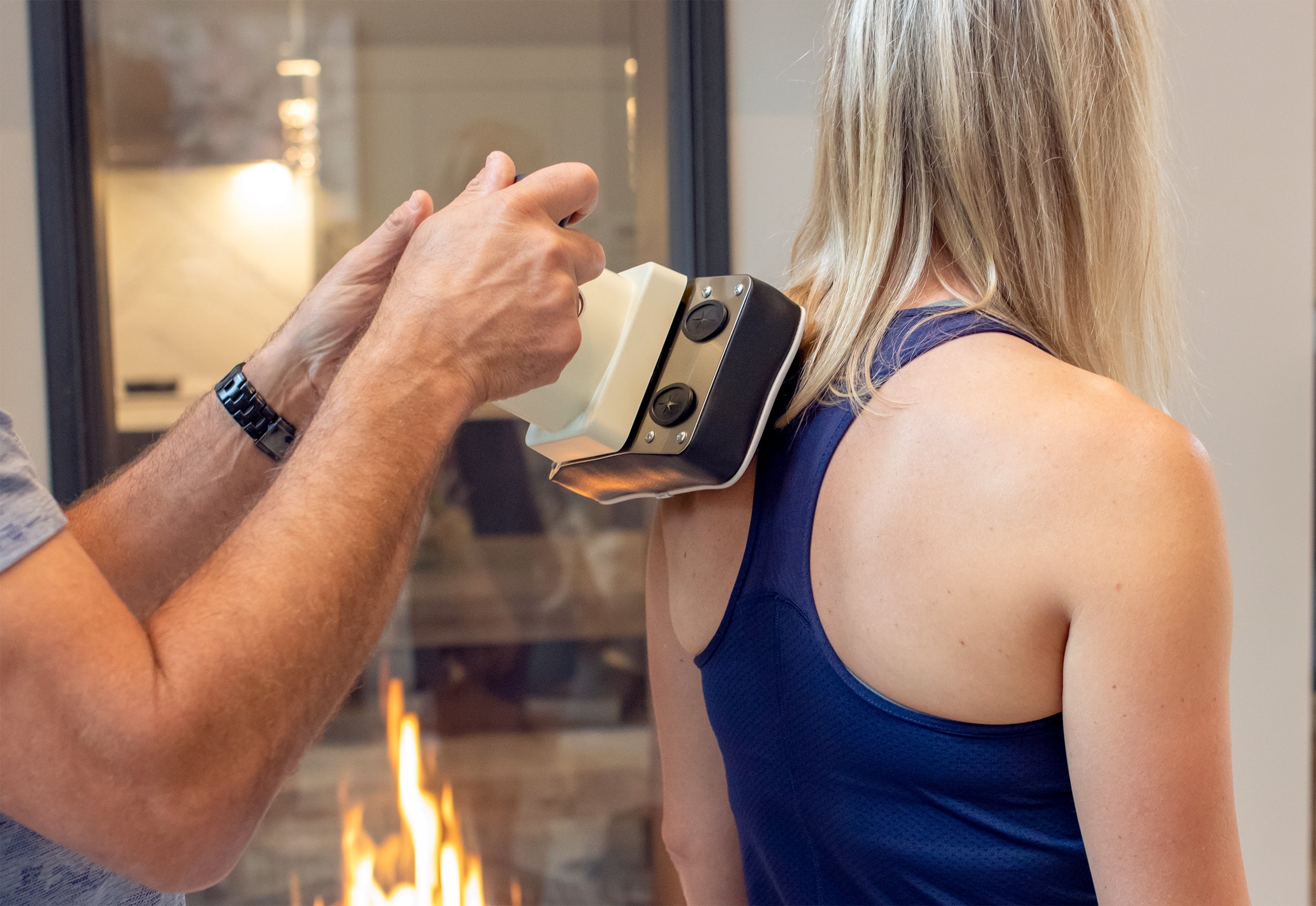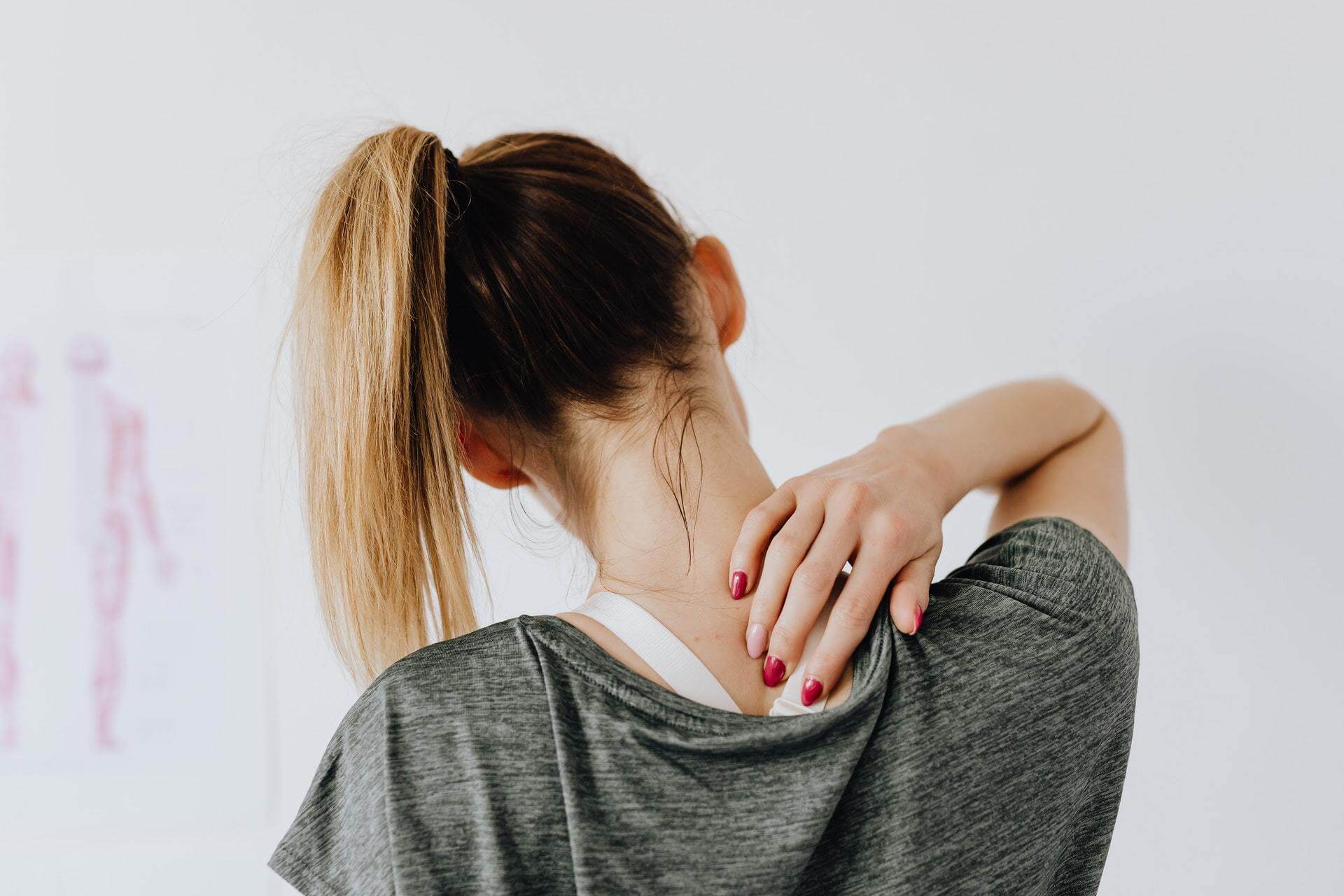Children on the autism spectrum often experience the world differently than neurotypical people. And because they have unique sensory experiences and needs, many parents wonder about tools like vibration therapy and massage. Can they offer any benefits for mood, stress, or behavior?
Below, discover everything you need to know about massage and autism. We’ll cover the potential benefits, past research, and key tips to consider before trying it out.
Autism and the Sensory Experience
Before trying massage for autism, it’s important to think about how touch and pressure can fit into a child’s sensory experience. Autism can mean hypersensitivity (and hyposensitivity) to:
- Smells
- Touch, textures, and other tactile sensations
- Sounds
- Sights
- Tastes
- Vestibular senses, which are related to balance
- Proprioception, or a sense of bodily awareness
For someone with autism, any sensory experience can be over or understimulating. As an example, background noise that might not bother an allistic person can feel overwhelming to someone with autism. This can be true of anything you can perceive through the senses, including touch and vibration.
Sensory Rooms
Working with your child often means finding ways to help them explore the world through their senses, in ways that feel best to them.
According to an article from Autism Parenting Magazine, parents can create a fun sensory room for a child with lighting, textures, and even crash pads or deep pressure spaces (such as a pile of blankets.)
While more research is needed on sensory rooms, many parents find that their children are calmer and happier after getting to explore new sensory experiences. For some children, vibration therapy — a type of therapy related to massage — can be a valuable part of this experience.
Research on Massage for Autism
When it comes to autism and massage therapy, several studies show that it can be helpful for families. This may be especially true when it comes to deep pressure, but many types of massage have been proven useful.
In fact, one 2018 review found that massage at various ages (especially from a parent) may help children with:
- Anxiety levels
- Sensitivity and relationship to touch
- Linguistic abilities
Qigong Sensory Massage
In a five-month-long 2015 study from Autism Research and Treatment, researchers set out to see if massage from parents could offer any wellness benefits for children.
In the study, parents were taught how to give their child a type of massage called Qigong Sensory Treatment (QST) massage. They performed the massage daily, and the child also received a massage from a professional once per week.
The results showed that this massage nurtured the bond between parent and child. On top of that, it eased the parents’ stress levels and seemed to help children with their focus, eye contact, and listening.
Vibration Therapy and Autism
Aside from the healing touch of another person, vibration therapy may also be worth a try. This soothing therapy is a bit different than typical massage, but many people find it relaxing and pleasant (and it may even offer some health benefits.)
One 2011 study looked at the effects of vibration therapy on children between four and five who had autism.
While vibration didn’t have a consistent effect on behavior, it did seem to boost the children’s mood. The authors noted that the children laughed and smiled while using vibration devices. And one child would even try to press the “on” button when the machine was off.
How Can Vibration Therapy Help with Autism?
When it comes to the benefits of vibration and massage for autism, it comes down to touch and sensory experience.
Vibration is perceived through the somatosensory cortex, which is the part of the brain that processes experiences related to touch and pressure. Some neurodiverse children find that the sensory input from vibration is relaxing, soothing, or fun.
In general, whole-body vibration may also offer other wellness benefits. Some research shows that it can support:
- Muscle strength and overall muscle health
- Bone density
- Balance
- Quality of life
Considerations to Keep in Mind
Before trying out massage for autism, here are some key tips to keep in mind:
- If you’re not sure where to start with massage for your child, there are resources that can help. A great first step is to get in touch with a pediatric massage specialist who has experience working with children with autism. This person can help you explore the best ways to start a massage routine.
- You can also try vibration or oscillating massage tools at home.
- While the research on massage therapy and autism has shown promise, every child has individual preferences. If something doesn’t feel helpful for you or your child, don’t hesitate to stop and continue exploring other avenues.
The Takeaway on Autism and Massage Therapy
Each child on the autism spectrum will respond differently to touch, sound, smells, and other sensory experiences. With that being said, research has shown that massage can bring wellness benefits to many children with autism (as well as their parents.)
If you have any questions or concerns, be sure to work with your child’s care team to determine what’s right for your family. They can help you look over your options for vibration and massage therapy, and help you plan out your next best steps.
If you’re interested in trying therapeutic at-home massagers, the tools from MedMassager are a great option. Check out the MedMassager Body Massager Plus or Foot Massager Classic today. Or, learn more about their benefits here.



